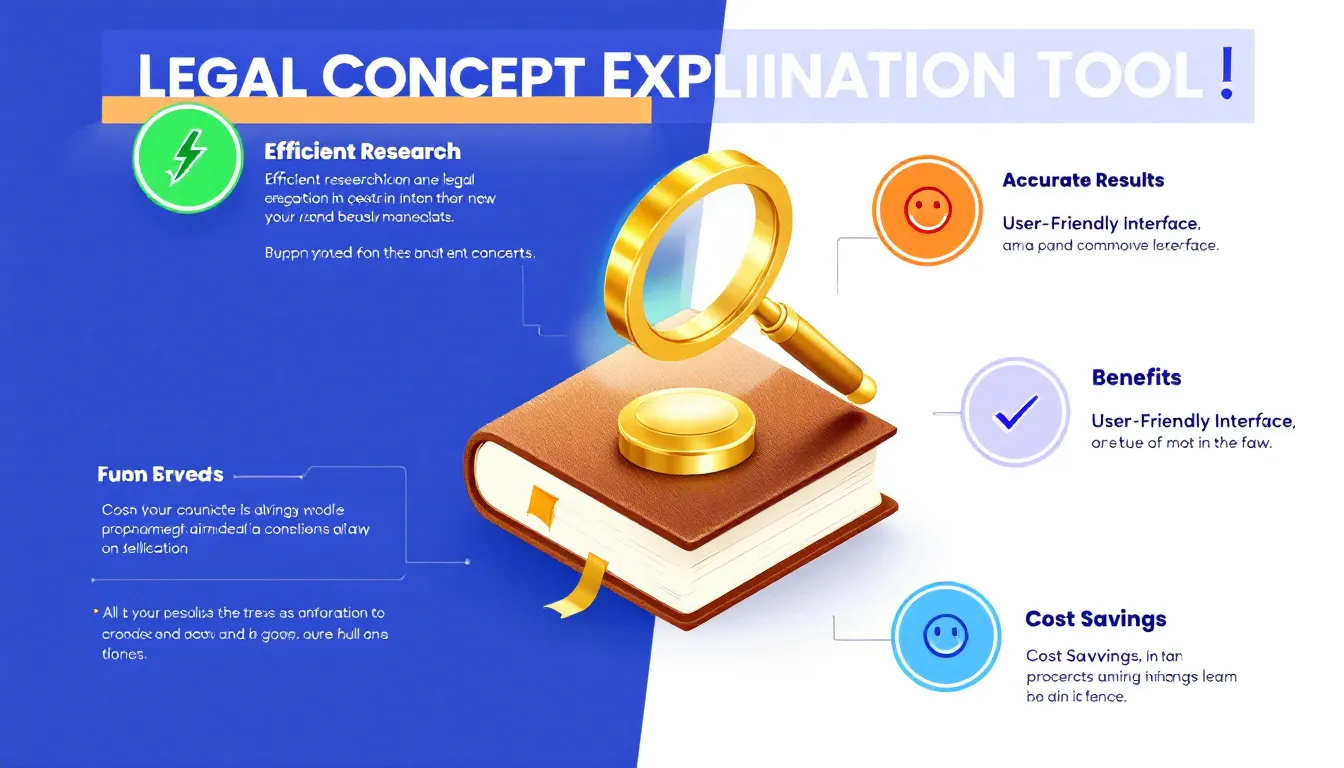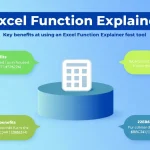Is this tool helpful?
How to Use the Legal Concept Explanation Tool Effectively
This tool helps you understand complex legal concepts by providing clear, personalized explanations based on your specific case. Follow these steps to make the most of it:
- Enter the Legal Concept: Type a specific legal term or concept you want to understand. For example, enter “Bankruptcy” or “Statutory Rape”.
- Describe Your Case or Situation: Provide a brief description of your situation to get a tailored explanation. For example, you might say, “I’m struggling to pay my debts and considering filing for bankruptcy.”
- Submit Your Request: Click the button to generate your explanation. The response will appear below the form.
- Review the Explanation: Read the tailored explanation carefully to better understand the concept as it relates to your situation.
- Copy the Results: Use the copy feature to save or share the explanation with friends, family, or your attorney.
Sample Inputs
-
Legal Concept: Adverse Possession
Client Case: A neighbor has been using part of my property without permission for 20 years. I want to know if this affects my ownership rights. -
Legal Concept: Attractive Nuisance Doctrine
Client Case: I own a property with an unfenced pond, and I’m concerned about liability if children trespass and get hurt.
What Is the Legal Concept Explanation Tool? Definition, Purpose, and Benefits
The Legal Concept Explanation Tool offers straightforward explanations of legal concepts in plain language. It helps bridge the gap between complex legal terminology and everyday understanding by generating explanations tailored to your specific case.
This tool uses advanced language processing technology combined with a vast legal knowledge base. It simulates the advice of an experienced lawyer, allowing you to access valuable legal information without needing an immediate consultation.
Key Benefits of Using This Legal Explanation Tool
- Personalized Legal Explanations: The tool creates responses tailored to your unique situation and legal question.
- Simple, Clear Language: It breaks down complicated legal jargon into everyday terms everyone can understand.
- Wide Range of Topics: Supports explanations for many legal areas such as contract law, property law, family law, and employment law.
- Instant Access: Get answers quickly without waiting for an appointment.
- Easy to Use Interface: Designed for anyone to navigate and request explanations without legal knowledge.
Practical Uses of the Legal Concept Explanation Tool
This tool fits many real-world situations where understanding a legal concept is essential. Here are some common use cases:
1. Clarifying Contract Terms
- Situation: Reviewing a contract and confused by a clause.
- Example: Legal Concept – Force Majeure Clause
Case – “My contract includes a force majeure clause, and I want to know how it protects me during unexpected events.” - Benefit: Understand what this clause means and how it applies to delays or cancellations in your contract.
2. Understanding Employment Law
- Situation: Feeling unfairly treated at work but unsure about your rights.
- Example: Legal Concept – Wrongful Termination
Case – “I was fired after reporting safety violations. What legal protections do I have?” - Benefit: Learn the legal grounds for wrongful termination and whistleblower safeguards.
3. Real Estate and Property Law
- Situation: Buying a home and encountering unfamiliar property terms.
- Example: Legal Concept – Easements
Case – “There’s an easement on the property for utilities. What does that mean for my ownership?” - Benefit: Understand the impact of easements on property rights and usage.
4. Family Law Clarity
- Situation: Going through divorce and uncertain about asset division.
- Example: Legal Concept – Equitable Distribution
Case – “We live in an equitable distribution state, but I don’t know how our assets will be divided.” - Benefit: Gain a clear explanation of your state’s laws on dividing property during divorce.
5. Protecting Intellectual Property
- Situation: Creating art, logos, or slogans and unsure about protection types.
- Example: Legal Concept – Copyright vs. Trademark
Case – “I want to trademark my logo but also consider copyright. What’s the difference?” - Benefit: Understand how to protect your creative works legally.
FAQs About the Legal Concept Explanation Tool
Is this tool a replacement for legal advice?
No. This tool provides general explanations and is not a substitute for professional legal advice. Consult a qualified attorney for guidance on specific legal issues.
How detailed are explanations?
Explanations cover key definitions, important components, and how the concept relates to your input. The detail level varies with the complexity of your case.
Can I use these explanations in court?
No. The explanations are for informational purposes only. For legal proceedings, always rely on professional advice and documents.
How current is the legal information?
The tool accesses regularly updated legal information but laws change frequently. Verify any critical info with a lawyer or official sources.
Does the tool cover different jurisdictions?
Yes. The tool explains concepts across jurisdictions but laws vary widely. Always specify your location or seek local guidance.
What if I don’t know the exact legal term?
Describe your situation using everyday language. The tool understands and matches it with relevant legal concepts. If the answer doesn’t fit, try rephrasing your query.
Can I save or print the explanations?
Yes. Use the copy function to save the explanation to your device, print it, or share it with others.
Are there limits on using the tool?
No. Use the tool as often as you need to understand different legal concepts or scenarios.
Can the tool help with legal documents?
The tool explains terms or clauses within legal documents but does not interpret entire documents. Enter specific terms you want to understand.
Important Disclaimer
The calculations, results, and content provided by our tools are not guaranteed to be accurate, complete, or reliable. Users are responsible for verifying and interpreting the results. Our content and tools may contain errors, biases, or inconsistencies. Do not enter personal data, sensitive information, or personally identifiable information in our web forms or tools. Such data entry violates our terms of service and may result in unauthorized disclosure to third parties. We reserve the right to save inputs and outputs from our tools for the purposes of error debugging, bias identification, and performance improvement. External companies providing AI models used in our tools may also save and process data in accordance with their own policies. By using our tools, you consent to this data collection and processing. We reserve the right to limit the usage of our tools based on current usability factors.







